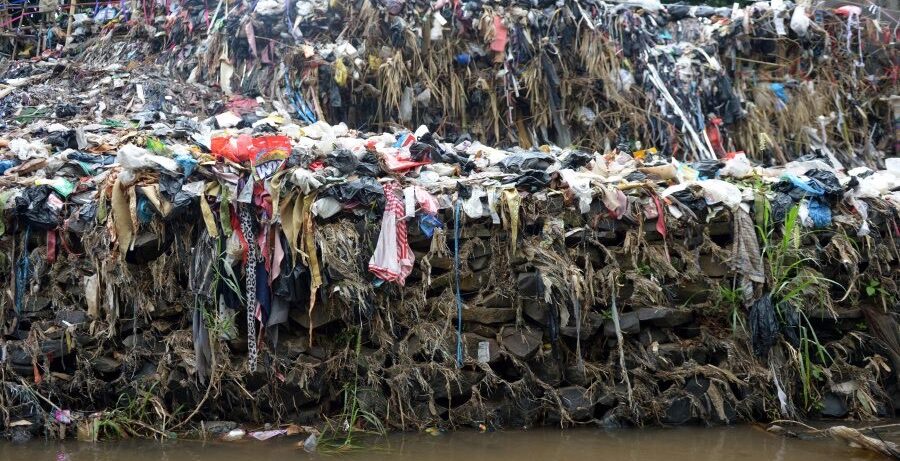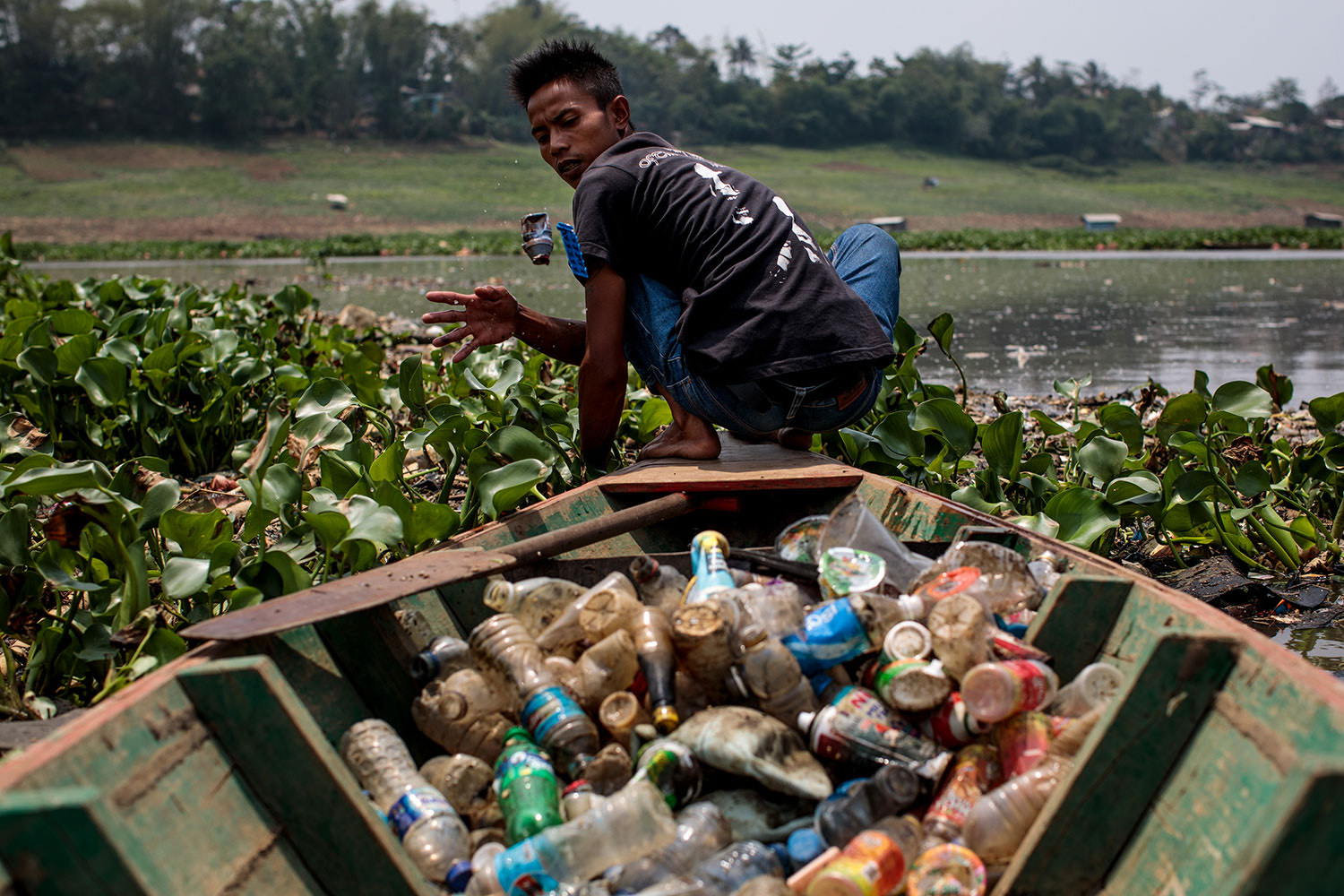By Anastasia Aleiferi,
Water is the source of all life in this planet, without water nothing could grow, nothing could be alive. This is an undeniable truth of this world, after all it’s not random that the first human civilizations were all developed near water sources. Thanks to water, humanity has succeeded to grow and the environment has thrived. But after the industrial revolution it seems we have taken it for granted, and we have degraded it. There is no other more profound example of water pollution than that of the Citarum River.
Before we start talking about the Citarum River, it is important to understand what water pollution is and what its consequences are. Water pollution happens when harmful substances such as chemicals or microorganisms contaminate a clean water source such as streams, rivers, lakes, oceans or other bodies of water and degrade the water’s quality, rendering it toxic to humans and to the environment. In other words, the water, because of external factors, becomes so toxic that it cannot be drunk or used by humans or for agricultural purposes. This toxic water causes a large number of infections and viruses that every year kill more than half a million people worldwide. Many gastrointestinal illnesses, problems with the nervous system, reproductive problems and chronic illnesses are caused by water contamination. Also, water pollution destroys the biodiversity since the plants and animals are also impacted by it and the food chain becomes contaminated.
Citarum River is 290km long, the largest river in West Java, and the 3rd largest in the Java region of Indonesia. Today, this river isn’t well-known for the history around it or its beauty, but it is known as the world’s most polluted river. Almost the whole world relies on this river, because there are many factories nearby, as millions of Indonesian citizens count on it too. But decades of pollution have made it too toxic for humans to drink or eat its fish and the rubbish that has been collected on it has made it impossible to navigate through it. But regardless of its pollution, the river is still needed by 25 million Indonesians, from which 15 million live on the river’s bank. Research has shown that this river is 1000 times more toxic than USA’s water. This river contains a large number of dangerous bacteria and heavy metals, that is 5000 times more than the permitted number by the US Environmental Protection Agency. These people still use the river water to survive, which means they drink it, use it for their food, for their animals and their plants or fields. The Citarum River flows into three reservoirs and produces electricity enough to power up Java and Bali providence. Also, the river is used as a natural obstacle to protect the residential areas and farms from floods. But still, the river is the most polluted one in the world. Why is that?

Many of the people that live in the river banks aren’t organized like the people that live in cities, so there is a big lack of organization by the local government and a large lack in the sewer system and public infrastructure. So the locals don’t have anywhere to dispose their trash, and they end up either burning it or throwing it into the river. In addition, there are more than 2000 companies in the area, mostly textile factories that need large quantities of water to operate, and they discharge gigantic amounts of wastewater and chemicals back into the river. Next to the river are hills created by plastic, chemicals and waste, leading people to search them like scavengers and try to find what might be useful to them. The area is habited mostly by poor people that are required to work as farmers or fishermen to make a living, and because of the toxic water most of them suffer from different types of diseases.
Since 2011, the Indonesian government has taken action to revitalize the river. The original plan was for the army and other citizens to organize groups and start cleaning an area that covers 180 km of distance. The original target was to collect 10.5 million cubic meters of sedimentation, which is the polluted part of the earth, and clean as much of the water as possible from its material garbage. Of course, that target was impossible to achieve because, during the time the army and the citizens where trying to clean the waters, the large industrial complexes didn’t slow down their production rates, making very difficult for the people participating in this effort and the government to see any significant results. In 2018, a new plan was launched by the president of Indonesia which had a goal to achieve a clean drinking water status for the river. So he ordered the army to interfere to clean up specific sections of Citarum regularly.

These soldiers where authorized to block outlets that were transferring wastewater from factories to the river and install rubbish treatment and water purifying facilities. But unfortunately, even though the plan had great prospects to be a catalyst for a change, it didn’t continue for long because there was great problem with government funding and the bribes that the factories paid to avoid the implementation of these measures. But in recent years, with internet publicity and immense effort from the citizens’ part to make this problem well known to the world, now many independent and foreign consultants have been going to Indonesia to change the situation and raise awareness to the locals too, making anti plastic campaigns to start changing the mentality of the people. Also, what these consultants have been working on is recommending and starting to implement, with the help of local population, the necessary changes upstream to protect the river as much as possible from wastewater.
In the end, the case of the Citarum River should make us think about where we are heading as a species. Just because one river is polluted to this degree doesn’t mean that the rest of the rivers and oceans are safe. There are many problems with our oceans today, from chemical pollution, that infects our health and maritime life, to the pollution from plastic that endangers fish and all underwater creatures. I believe it’s about time that us as humans should start taking more immediate action to protect our waters, not just for our health and quality of life, but also for the other living creatures on this earth.
References
- Water pollution. Iberdrola. Available here
- Indonesia’s Citarum: The World’s Most Polluted River. The Diplomat. Available here
- Rotten river: life on one of the world’s most polluted waterways – photo essay. The guardian. Available here
- The irony of the Citarum river. Cleancurrentscoilition. Available here




